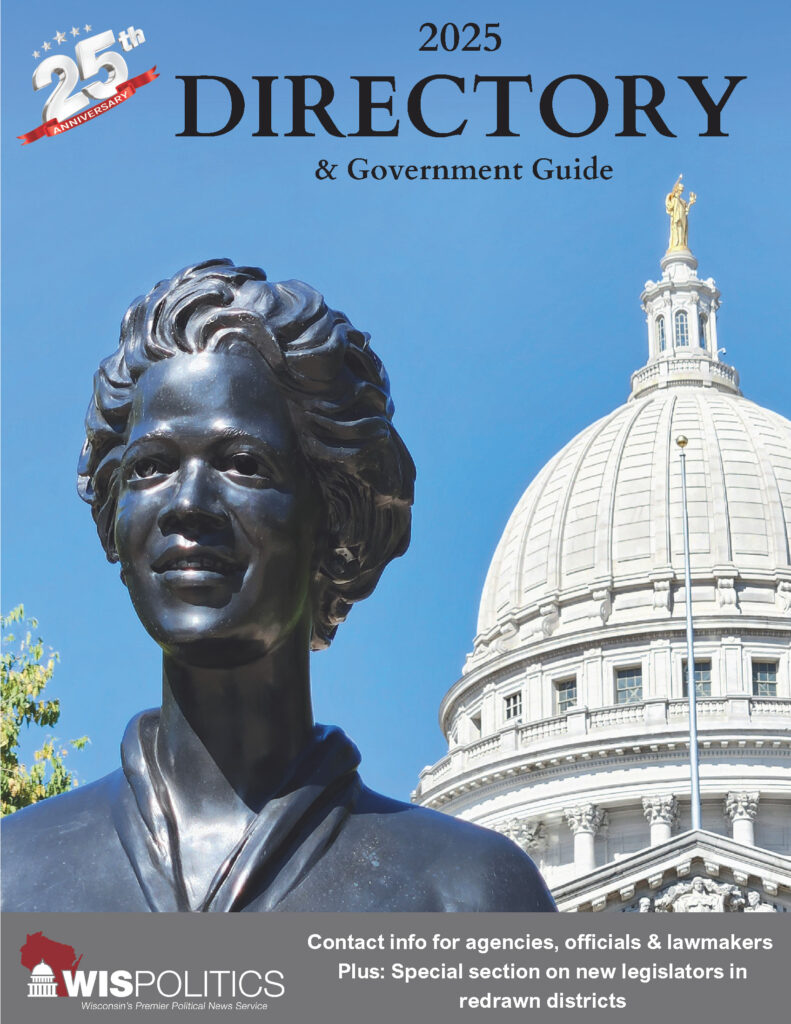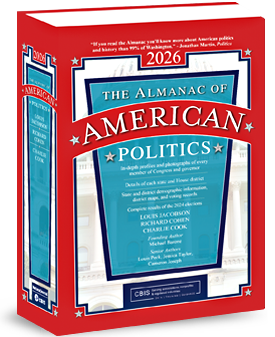For more than five decades, the Almanac of American Politics has set the standard for political reference books. In September, the Almanac will be publishing its 2026 edition, with more than 2,000 pages offering fully updated chapters on all 435 House members and their districts, all 100 senators, all 50 states and governors, and much more. Below are excerpts from the new chapt...
Please log in to access subscriber content.
If you don't have a subscription, please contact schmies@wispolitics.com for subscription options on the WisPolitics-State Affairs platform, which is the new home for WisPolitics subscriber products.


